Prince of Persia Trilogy: Purity, Transgressions and Dichotomy
August 29th, 2009

I’ve finally completed my verbose ramblings on the Prince of Persia Trilogy, concluding with my final review of The Two Thrones which is now up at Video Games Blogger. Over the past few months I’ve written quite a lot on these three games, particularly in the way of gameplay structuring and narrative, yet each review has been self-contained – now I’d like to remove those barriers.
To summarize my thoughts; The Sands of Time was an incredible offering, severing ties with player expectations and delivering an unprecedented form of narrative whilst revitalizing the platforming genre. Warrior Within was bigger, meaner and more hardcore in terms of challenge, but the emo-core pretense left a fowl taste in my mouth. The Two Thrones took all the previous content and integrated it together to form a well mixed conclusion, best of both worlds, but the purity of the series was dead on arrival, unfortunately.
Let’s Hate on Warrior Within Some More
Warrior Within subverted the modest and implicit nature which made Sands of Time so refreshing, overloading the game with overt fratboy appeal. Even after just 5 minutes of Warrior Within it’s resoundingly clear that Ubisoft had sold out pretty bad. The Two Thrones could have redeemed Warrior Within but instead highlights that Ubisoft had in fact they never actually “got it” in the first place, as evidenced by the failure to understand and — in their choosing — adapt the qualities of Sands of Time to The Two Thrones. I elaborate on these issues in the first half of my Two Thrones review and I do so because their mishandling of the series denotes a huge mark of shame, at least when it comes to maintaining the spirit of the Prince of Persia series.
Also see: GT Prince Of Persia Retrospective
Prince of Persia and PoP: The Sands of Time drew out the essential qualities of this Middle Eastern “Arabian Nights” theme which has for a long time been present through various forms of media and texts. Such tales represent the rare instances when Middle Eastern culture is to an extent seen in a positive light by the western world*. There is therefore an untouchable purity in the theme both culturally and thematically which both these games respected and maintained.
I believe that Sands of Time epitomized the thematic ethos and as with the original game did so because of the influence of Jordan Mechner. Warrior Within obviously whizzed all over the sentiments and The Two Thrones, at least on a surface levels, attempts to pick up the pieces. The latter can be justified by the acknowledgement of narrative devices from the Sands of Time, the return to the location and Moroccan presence as created by the music, landscape and character designs. These are all positive steps in the right direction, again albeit on surface level.
Scratch away the paint a little and the shonky implementation is unveiled. I highlight this in the review. Simply put; the mimicry falls apart when it’s made irrelevant by the wrong context and the narrative techniques used in Sands of Time are irrelevant in The Two Thrones, making it all feel extremely superficial. Interject this with Kaileena from Warrior Within (who can in no way escape her identity from WW as a complete whore), the baseless maturation of the Prince and the continual acts of violence, and it all fails to maintain its own dignity. The Two Thrones should have properly realized this, rather is seems that Ubisoft’s management only saw the contempt that fans held for Warrior Within and hence decided to slice the next game in the middle. Satisfying a wider audience, gaining a little cred back from the enthusiasts and ultimately keeping everyone happy was probably the best means at keeping the Prince of Persia money train alive. Sure it’s not a complete and utter sellout like Warrior Within, but even then the purity is still tarnished by what appears to be corporate interest. The Two Thrones is a pretender through and through.
But the Platforming!
But still the platforming is good…and here’s where we reach an amusing point of interest. Sure the integrity of the series had gone to shit, but structurally the two sequels took the delectable platforming chunk of Sands of Time and allowed it to flourish into something even more beautiful. Combat aside, Warrior Within was a mammoth challenge map for those who had cut their teeth on the platforming in Sands of Time. Admittedly, for the hardened gamer, the platforming apex in Sands of Time wasn’t quite the climax we were hoping for – figuratively and literally. Warrior Within with it’s rough platforming, blood and cleavage was the answer, the itch for our scratch; a true guilty pleasure. Just leave your dignity at the door.
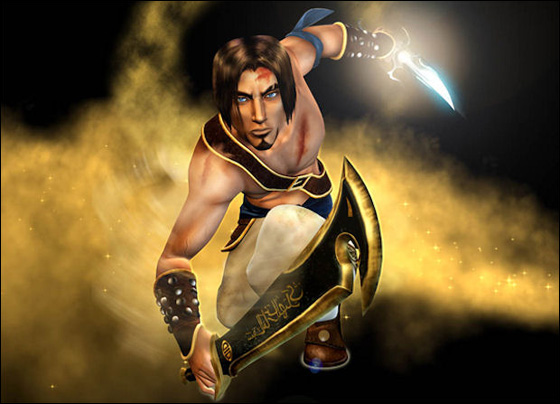
The Two Thrones toned down the challenge considerably. The noticeable absence of sharp rotating objects and tough endurance runs lowered the brutality while the new stealth elements provided the player with choice and self expression. The Two Thrones was definitely a hybrid and if you’d tackled the prior two games, going for one more go seemed all the more worthwhile, just to see the results.
It’s hard to deny the later two games a place in the series considering their contributions to the esteemed platforming elements of the franchise. Elements that would later influence Assassin’s Creed and hence inspire a multitude of similar free roaming platform games.
The Two Thrones emphasized dichotomy, a dichotomy very much fleshed out by the games themselves which led up to its existence. Sands of Time being the representative height of this industry and Warrior Within being the representative low. In which case The Two Thrones dichotomy extends beyond what’s contained within the a single title, a metaphor for the trilogy itself.
* I’m not denying that most western adaptions of such fables haven’t been faithful, because frankly they’re hardly faithful or even show that much respect to the culture. My point is that they actually display the culture and do so in a mostly positive light which itself is very important.
Additional Readings
‘Prince of Persia’ Movie Poster Inspired By ‘Warrior Within’ – MTV Multiplayer
Prince of Persia: The Two Thrones Developer Diaries
Prince of Persia: Warrior Within Art Direction and Additional Interviews
Prince of Persia: The Sands of Time Documentary and Additional Trailers
XIII Vs Prince of Persia (Next Gen) – Cel-Shaded Comparison
November 12th, 2008
Since it’s popularization with Jet Grind Radio (2000), cel-shading has become an increasingly more popular tool of artistic visual expression within the medium of games. There have been many good examples of the technique but for this article I would like to contrast the works of one company from last generation to now; Ubisoft.
In 2003 Ubisoft released the apt XIII, a first person thriller based around the Belgium/French comic book of the same name. I highly recommend that you sought this title out if you haven’t tried it. Particularly the PC version which runs in a high resolution.
The other game is Prince of Persia, a new iteration of one of gaming’s classic favourites. This title is utilizing the technique to evoke a connection to the original PoP game. It can already be seen from the two main trailers released that Prince of Persia is adopting an extremely striking and intimate feel to its visual presentation.
I have collected several screens from both games which can be seen below. It has been difficult to find equivalents since the two games are set in opposite perspectives. Click on the images for high definition.
Beyond the model rendering and polygons, the main difference comes from the application of the technique. Prince of Persia lowers the alpha channel of the shading, allowing richer detail to shine through, giving the game a water colour look to it. This is then enhanced by the blurring and softening of the landscapes in the background. XIII on the other hand uses strict colour fills and some undynamic shadowing effects. The greater rendering power allows Prince of Persia to display much clearer lines around the characters, particularly around the face. Clothing, hair and fabric are also displayed with much better fidelity.

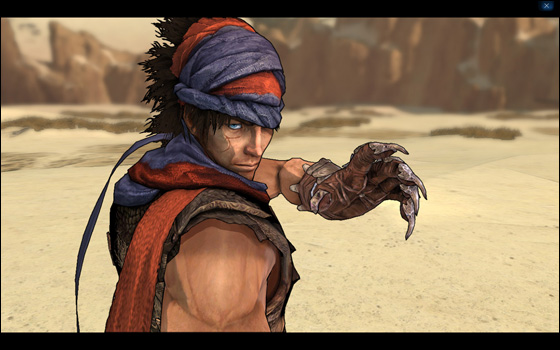
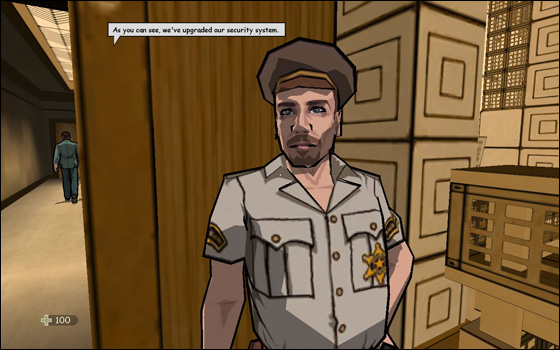
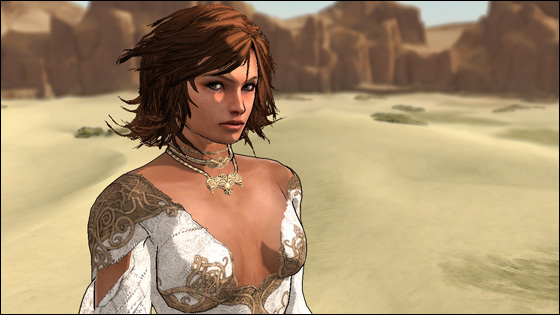
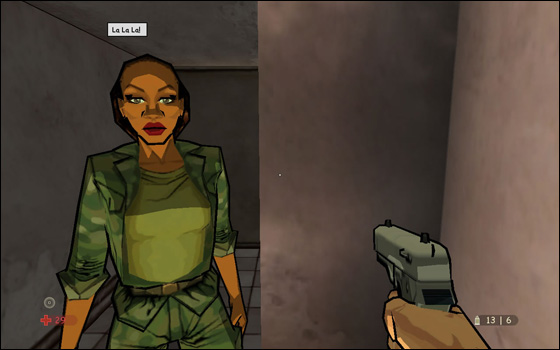
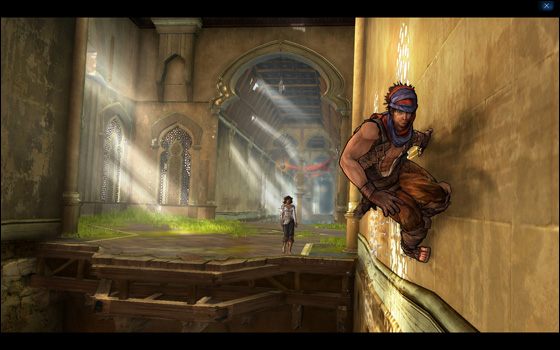
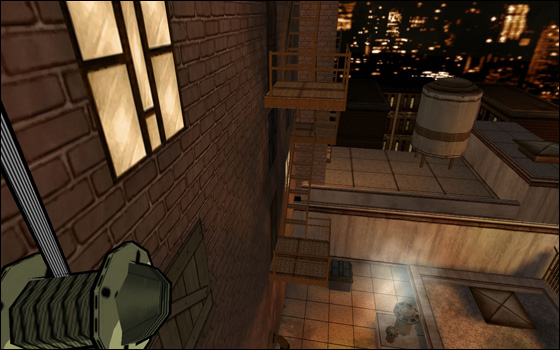
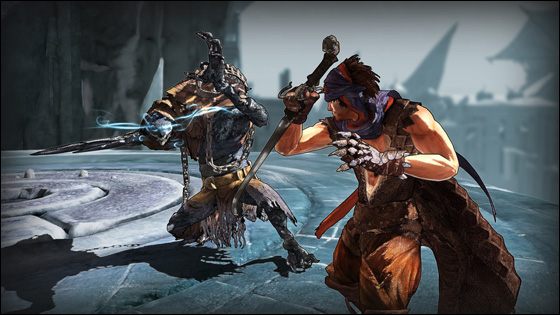



 Game Design Companion: A Critical Analysis of Wario Land 4 - $7.99
Game Design Companion: A Critical Analysis of Wario Land 4 - $7.99 Level Design: Processes and Experiences
Level Design: Processes and Experiences Speed Boost: The Hidden Secrets Behind Arcade Racing Design - $5.99
Speed Boost: The Hidden Secrets Behind Arcade Racing Design - $5.99 Adventures in Games Analysis: Volume I - $5.99
Adventures in Games Analysis: Volume I - $5.99







